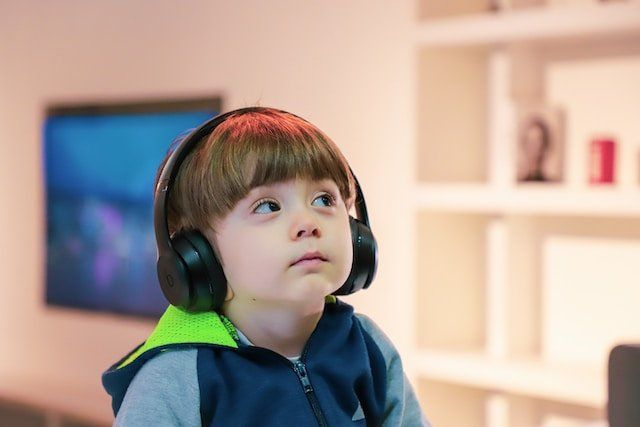
Music Practice Rooms – Recommended Environments for Learning
Kids who love music usually really dig PLAYING musical instruments. Whether your little one has just picked up their first violin or is already rocking the guitar like a would-be John Frusciante, encouraging their musical journey is incredibly important and, in the end, very rewarding.
But wait! How do you set the stage for a good practice environment without turning your homes into chaos central? Let’s explore how to strike the perfect balance between a space where your child feels comfortable and encouraged to practice and the rest of the home remains at harmonious peace and the cat doesn’t feel the need to run for hills!
Music Practice Rooms | Creating a Kid-Friendly Practice Space
First, it’s never too early to encourage your child to express themselves through music. From music classes for babies (JamBaby) to toddler-friendly instruments, there are plenty of options to get them started. The key is to keep it fun and age-appropriate. As they grow, consider layering in more structured children’s music lessons and 1-on-1 classes like private music lessons.
-
Music Practice Rooms – Choose the Right Location
Find a spot where your child can practice freely without disturbing the entire household. If possible, designate a separate room that they are comfortable in. It doesn’t have to be fancy, just functional and a “space of their own.” Encourage your young musician by decorating their practice space with their favorite posters, artwork, and music-themed items; make sure they know the space is theirs to practice freely.
It’s very important that their instrument is readily available; if it’s a chore to get the instrument out to practice, the less likely they’ll be enthusiastic about playing it. Ensure their practice space has a comfortable chair, proper lighting, and maybe a soft rug for added coziness. The goal is to help them feel comfortable/confident while they play! If your child isn’t comfortable in the basement without a piano or drum kit, don’t assume that will change when an instrument is introduced into the space. Pick a room your child is already comfortable with/enjoys being in.
Evolving with Age
As your child grows, their practice room can evolve with them. As they become more proficient, let them have a say in how their practice space looks and feels. Playing music can be great for confidence, so it’s worth investing in better-quality instruments and equipment as they progress; this shows them your commitment to their musical journey.
If sound isolation is a real issue, there are some solutions to try, such as:
-
Acoustic treatment panels and curtains – these sound-isolating items can help muffle sound and keep excess decibels from working into the rest of the home. Not only that, but they can improve the acoustics of the practice space itself.
-
Agreeing upon times to practice – Undoubtedly, there’ll be times of the day when practicing will work best for the household. For instance, playing the drums before school at 6:30 a.m. won’t be ideal, but right after school until dinner is perfectly fine! Make a schedule with your kids so everyone knows when to expect the sessions, keeping surprises at a minimum.
-
Headphones – For those hours when quiet time is needed throughout the home, your child can use monitor headphones while practicing. Electronic pianos, drum kits, guitars, and some string instruments will all have this capability, while winds will not.
Music Practice Rooms
Keep the space fresh and inspired! Consider adding a whiteboard for writing down lyrics or musical notes or even some funky lighting to set the mood. Creating a kid-friendly practice environment is fun, fulfilling, and essential to nurturing their musical talent. Just remember, it’s a journey that will last their entire lives! So, stay optimistic, encourage their dreams, and let the music play on in your home!
To discuss music lessons for your kids, please reach out and schedule a lesson today!